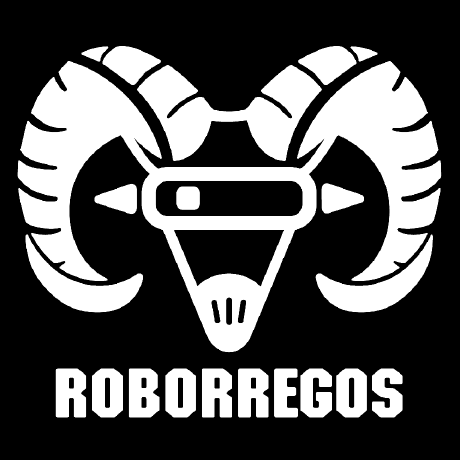Getting Started with Markdown
Markdown is a simple markup language that allows you to write using a simple sintax. It's used in many places because of how easy it's to use, understand and read.
Headings
Headings are created using the # symbol. The more # you use, the smaller the heading will be.
Example:
Text
Text is written as it is. You can use bold and italic text. You can also use ~~strikethrough~~ text.
Example:
This is a normal text. You can use **bold** and *italic* text. You can also use ~~strikethrough~~ text.
Lists
You can create lists using the - symbol. You can also create numbered lists using the 1. symbol.
Example:
Example output:- Item 1
- Item 2
- Item 2.1
- Item 2.2
- Item 1
- Item 2
- Item 2.1
- Item 2.2
Links
You can create links using the [text](link) sintax.
Example:
Example output: RoBorregosImages
Similar to links, you can add images using the  sintax.
Example:
Example output:
Code
You can add code using the ` symbol. You can also add code blocks using the ``` symbol.
Example:
Example output:print("Hello World")
Example:
Example output:Tables
You can create tables using the | symbol.
Example:
| Name | Email | Role |
| ---- | ----- | ---- |
| Ivan | [i.wells.ar@gmail.com](mailto:i.wells.ar@gmail.com) | Software Developer, Repo Mantainer and Automatization |
Example output:
| Name | Role | |
|---|---|---|
| Ivan | i.wells.ar@gmail.com | Software Developer, Repo Mantainer and Automatization |
Quotes
You can create quotes using the > symbol.
Example:
Example output:This is a quote
Horizontal Rule
You can create a horizontal rule using the --- symbol.
Example:
Example output:ToDo List
You can create a task list using the - [ ] symbol.
Example:
Example output:- [ ] ToDo
- [x] Done ToDo